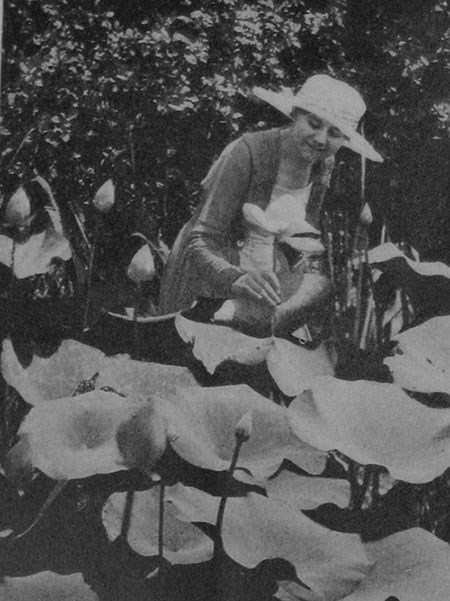Last updated: May 10, 2022
Article
The Beauty in Water: Kenilworth Aquatic Gardens Landscape
Nestled in the urban core of Washington, D.C., and hidden away along the banks of the Anacostia River is a natural oasis in the heart of the nation’s capital. Kenilworth Aquatic Gardens, the only National Park site devoted to growing aquatic plants, showcases a rare blend of natural and cultural features in a landscape shaped and fed by the Anacostia’s waters.

NPS Photo

Shaw Catalog, 1921, p. 15
The gardens prospered under Helen Shaw Fowler’s management, but planned improvements to the Anacostia River became a threat to the landscape. Urban growth and farming had caused silt to build up in the Anacostia riverbed decades before. In the 1930s the U.S. Army Corps of Engineers (USACE) began a massive project to reclaim the Anacostia mudflats to help control malaria. This project proposed complete dredging of the marsh, including the site of the aquatic gardens.

NPS Photo/Abbie Rowe (MRCE 1537-B)
In the 1960s, the National Park Service recognized the neighboring marsh as a unique spot on the Anacostia that still had natural integrity, protected other areas from tidal flooding, and provided an important habitat for birds and wildlife. Instead of changing the historic landscape and natural marsh area, a policy of preservation and restoration was implemented. Today a boardwalk allows visitors to cross from the cultivated gardens to the wilder marsh landscape of Kenilworth Park.

NPS Photo

NPS
